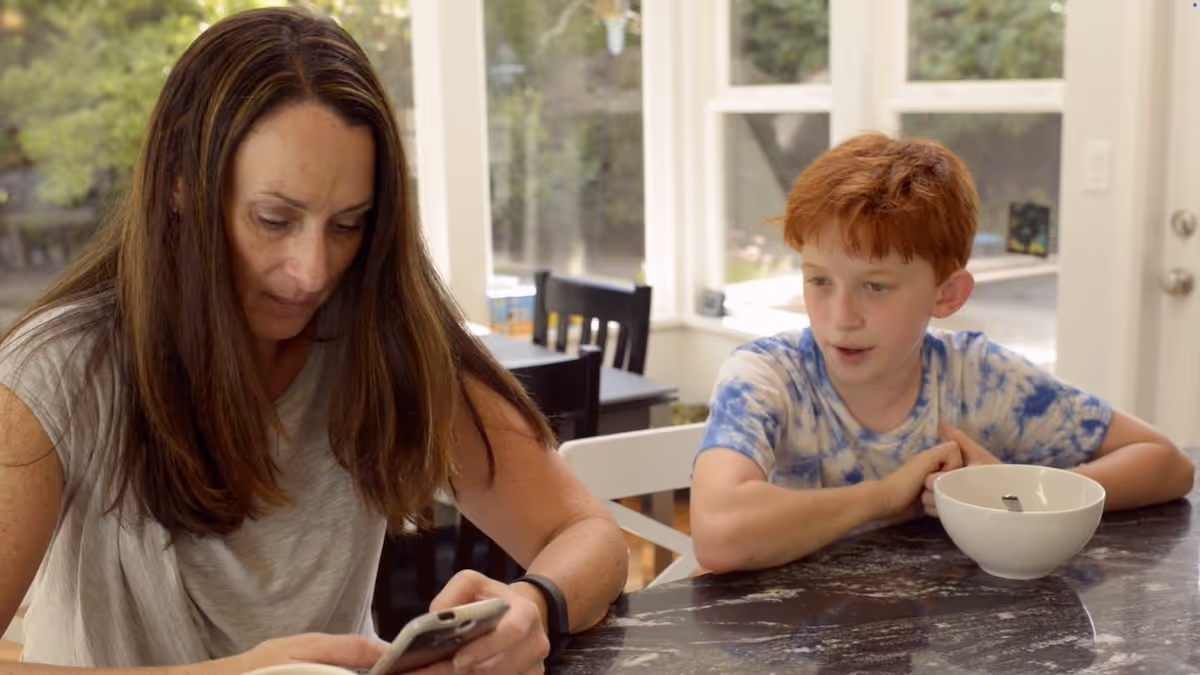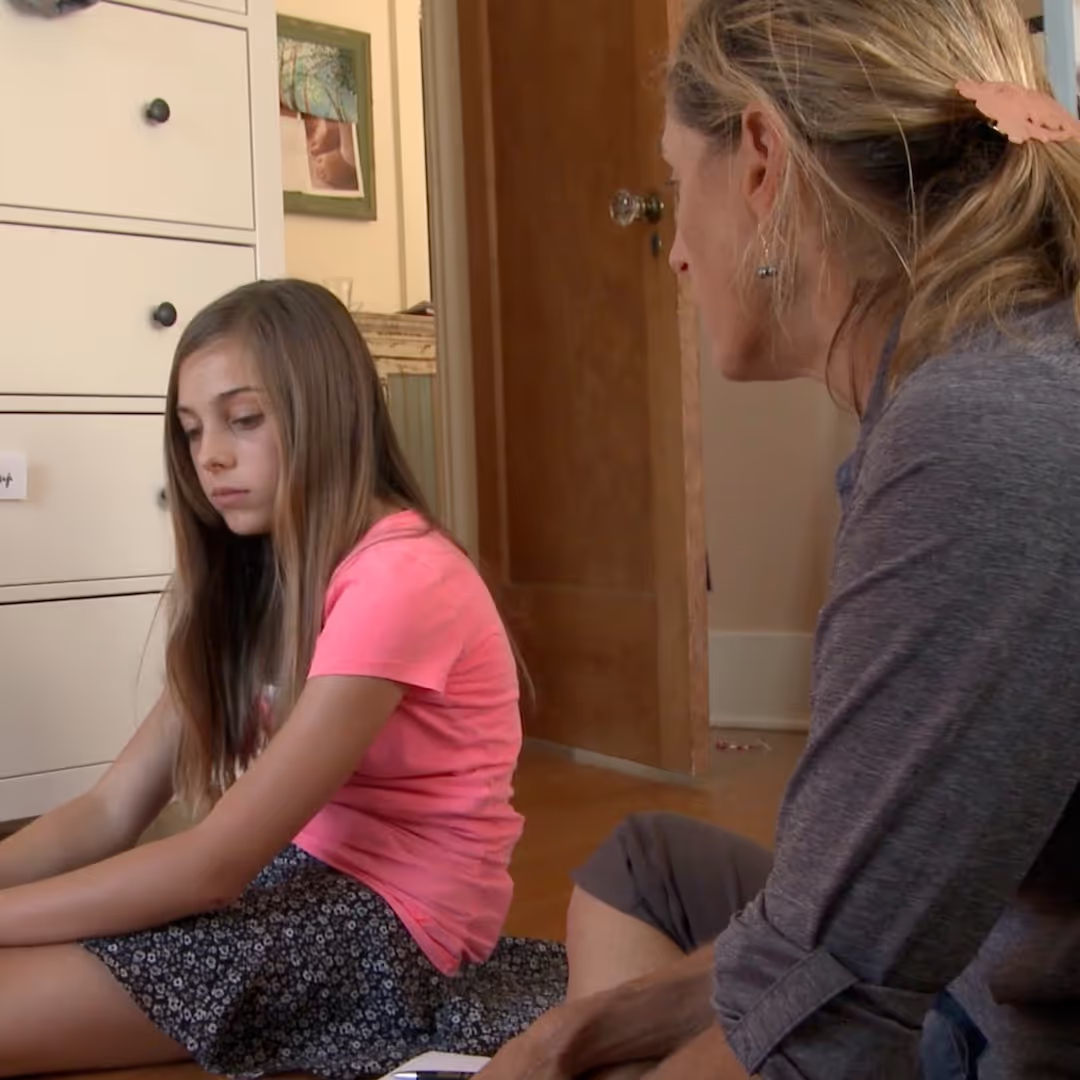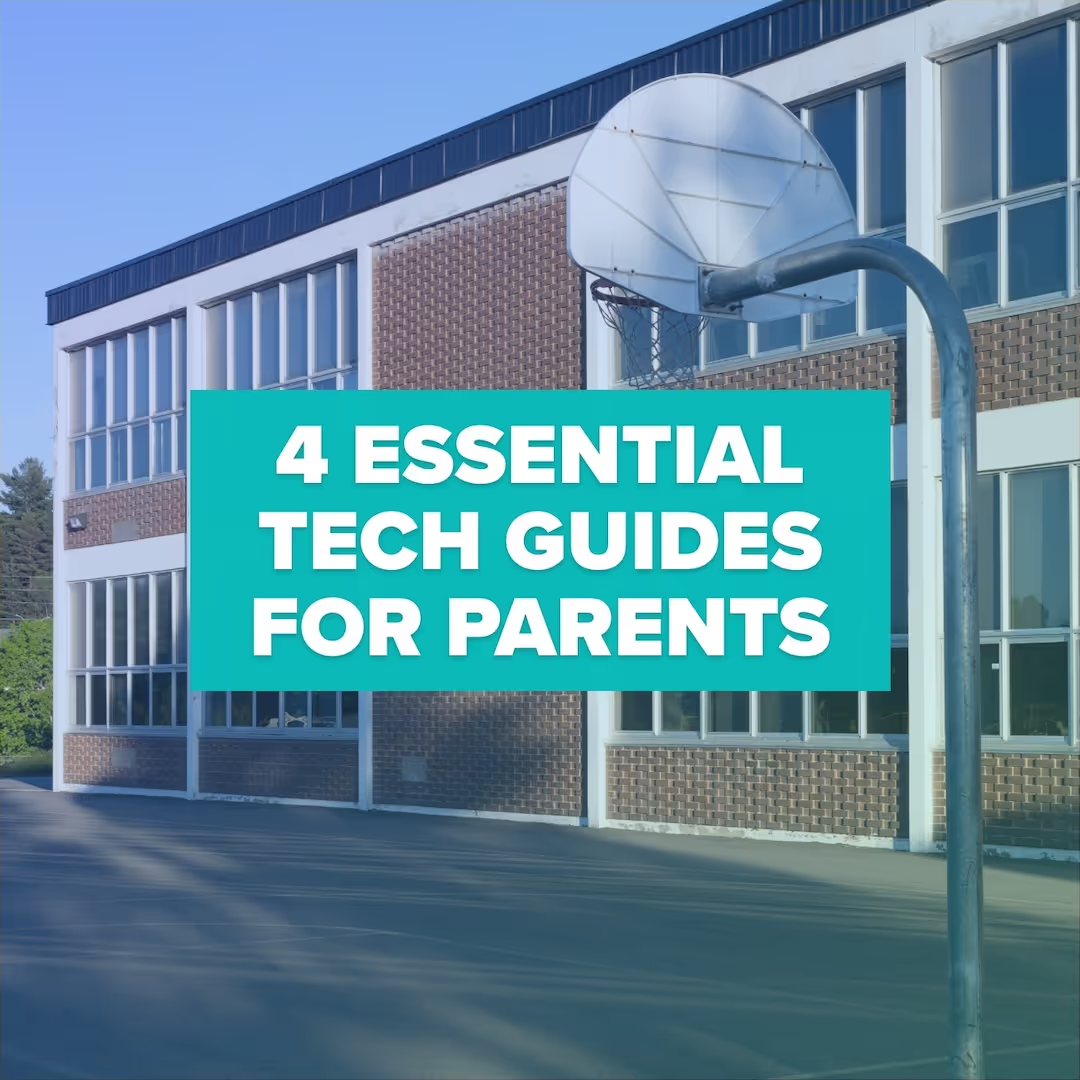



I know often kids feel like we adults have double standards. We say one thing, but we don’t do it. We set rules for kids but don’t have rules for ourselves. In our morning drive, for example, my kids and I often notice adults texting while on the road to school or near a school. At restaurants, we see lots adults on their devices during dinner, not just the kids. I can be guilty of breaking my own rules, checking a screen to distract myself from a task I’m having a hard time completing, or staying up much later than I meant to, checking “just one more thing.”
Here are some questions to ask your kids this week for Tech Talk Tuesday to help start a conversation about modeling:
How do you see me interacting with my screens?
Do you think I have rules for myself about my own screen use (like about when or how much I think it’s okay to do screen-based activities)?
Should I make guidelines for myself?
Should guidelines for parents be the same or different as guidelines for the kids?
Do you think adults spend more time on screens than you or less than you?
How do you feel about how I use my mobile devices — when, how much, and why?
Photo by Design Pics/Design Pics / Getty Images
Here is a video from the Screenagers YouTube Channel that talks more about this subject
Learn more about showing our movies in your school or community!
Join Screenagers filmmaker Delaney Ruston MD for our latest Podcast

Learn more about our Screen-Free Sleep campaign at the website!
Our movie made for parents and educators of younger kids
Learn more about showing our movies in your school or community!
Learn more about showing our movies in your school or community!
Join Screenagers filmmaker Delaney Ruston MD for our latest Podcast

Learn more about our Screen-Free Sleep campaign at the website!
Our movie made for parents and educators of younger kids
Join Screenagers filmmaker Delaney Ruston MD for our latest Podcast
As we’re about to celebrate 10 years of Screenagers, we want to hear what’s been most helpful and what you’d like to see next.
Please click here to share your thoughts with us in our community survey. It only takes 5–10 minutes, and everyone who completes it will be entered to win one of five $50 Amazon vouchers.

I know often kids feel like we adults have double standards. We say one thing, but we don’t do it. We set rules for kids but don’t have rules for ourselves. In our morning drive, for example, my kids and I often notice adults texting while on the road to school or near a school. At restaurants, we see lots adults on their devices during dinner, not just the kids. I can be guilty of breaking my own rules, checking a screen to distract myself from a task I’m having a hard time completing, or staying up much later than I meant to, checking “just one more thing.”
Here are some questions to ask your kids this week for Tech Talk Tuesday to help start a conversation about modeling:
How do you see me interacting with my screens?
Do you think I have rules for myself about my own screen use (like about when or how much I think it’s okay to do screen-based activities)?
Should I make guidelines for myself?
Should guidelines for parents be the same or different as guidelines for the kids?
Do you think adults spend more time on screens than you or less than you?
How do you feel about how I use my mobile devices — when, how much, and why?
Photo by Design Pics/Design Pics / Getty Images
Here is a video from the Screenagers YouTube Channel that talks more about this subject
Sign up here to receive the weekly Tech Talk Tuesdays newsletter from Screenagers filmmaker Delaney Ruston MD.
We respect your privacy.

I know often kids feel like we adults have double standards. We say one thing, but we don’t do it. We set rules for kids but don’t have rules for ourselves. In our morning drive, for example, my kids and I often notice adults texting while on the road to school or near a school. At restaurants, we see lots adults on their devices during dinner, not just the kids. I can be guilty of breaking my own rules, checking a screen to distract myself from a task I’m having a hard time completing, or staying up much later than I meant to, checking “just one more thing.”
Here are some questions to ask your kids this week for Tech Talk Tuesday to help start a conversation about modeling:
How do you see me interacting with my screens?
Do you think I have rules for myself about my own screen use (like about when or how much I think it’s okay to do screen-based activities)?
Should I make guidelines for myself?
Should guidelines for parents be the same or different as guidelines for the kids?
Do you think adults spend more time on screens than you or less than you?
How do you feel about how I use my mobile devices — when, how much, and why?
Photo by Design Pics/Design Pics / Getty Images
Here is a video from the Screenagers YouTube Channel that talks more about this subject


Parenting in this digital age is full of challenges. I imagine many of you are nodding in agreement. And when we look for advice online, it can feel like a sea of perfect experts with perfect advice: “Just follow these three easy steps and everything will fall into place.” In this week’s blog, I share a story about a moment with my daughter Tessa that did not go quite as planned but ended up teaching us both something important.
READ MORE >
Wow! Summer really goes by fast, doesn’t it? Back-to-school is already here for some and not far away for others. Ahead of this school year, I’ve hand-picked four of our most useful blogs. Practical, timely guides to help you set your family up for a healthier, more balanced relationship with technology in the months ahead.
READ MORE >for more like this, DR. DELANEY RUSTON'S NEW BOOK, PARENTING IN THE SCREEN AGE, IS THE DEFINITIVE GUIDE FOR TODAY’S PARENTS. WITH INSIGHTS ON SCREEN TIME FROM RESEARCHERS, INPUT FROM KIDS & TEENS, THIS BOOK IS PACKED WITH SOLUTIONS FOR HOW TO START AND SUSTAIN PRODUCTIVE FAMILY TALKS ABOUT TECHNOLOGY AND IT’S IMPACT ON OUR MENTAL WELLBEING.
